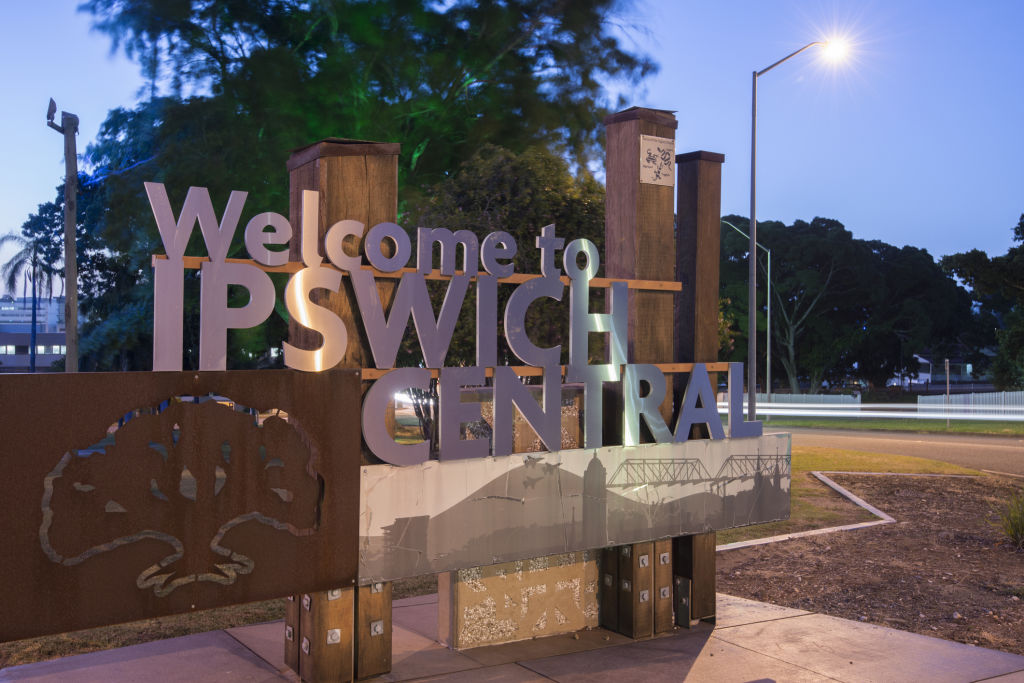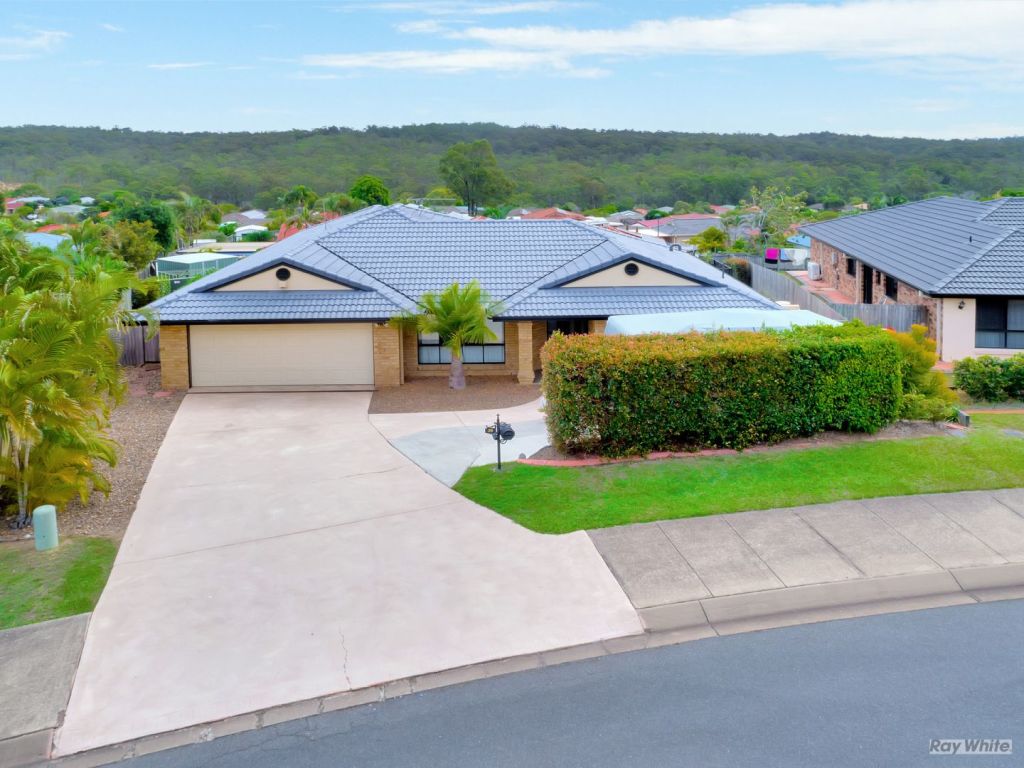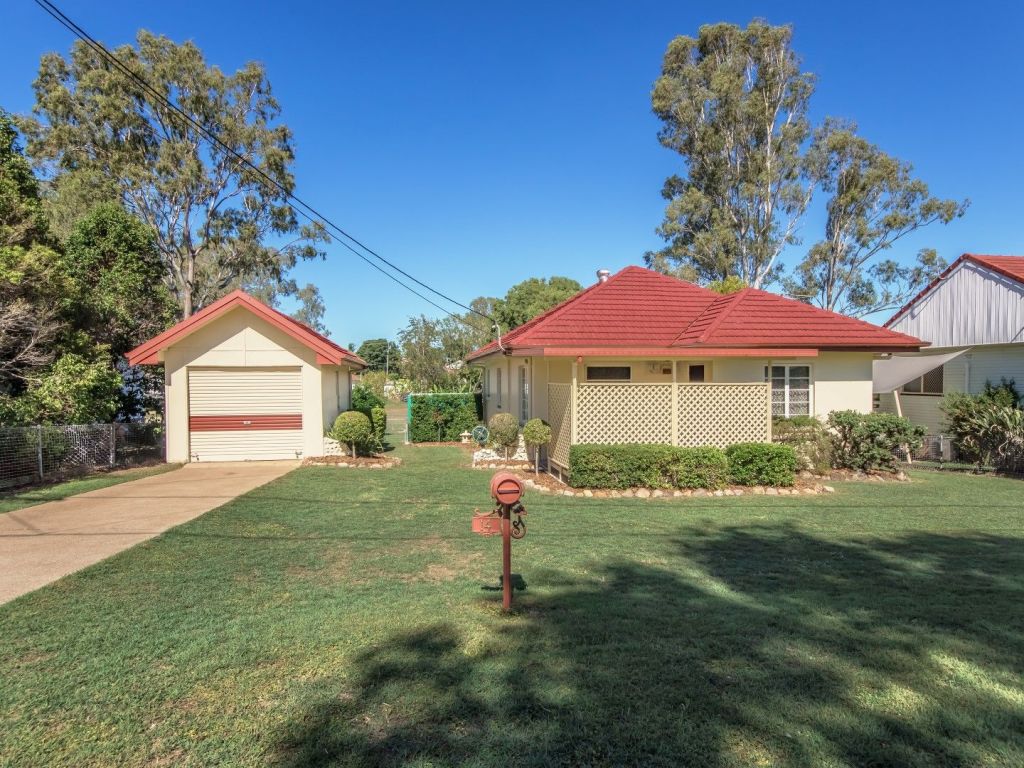
Why Ipswich's housing market has outstripped nearly every other region in Queensland this year
Ipswich has just posted a cracking five-year period of house price growth due to top-tier homes “pulling up” its bottom end.
Agents contacted by Domain were unsurprised by new sales data that put the city’s median house price at $400,000 in the 12 months to March 2019; annual growth of 5.3 per cent.
Tellingly, the five-year figure showed the median house price had risen 23.1 per cent from $325,000 since March 2014.
“Look, it’s not dogs and cats. It is humans; that is what’s behind it [price growth],” quipped Aidan Wales of Ray White Ipswich.
Steve Athanates of NGU Ipswich credits growth at the top-to-middle part of the housing market for the median growth.

He says it has “effectively pulled up the entire spectrum of housing price figures”.
”The lower prices have shown little-to-no growth. To illustrate the cheap end, the lowest priced house I sold this month was $282,000. That really is still ‘cheap’ cheap,” Mr Athanates said.
“But whereas the top-end housing sat in the $500,000 to $600,000 range only two, two-and-a-half years ago, now it is $700,000-plus in suburbs like Deebing Heights, Karana Downs, Karalee. These are a mix of new-builds on larger suburban blocks and established houses on acreage.
“It is like we have skipped over a whole price range.”
This decade, the former mining settlement on the Bremer River has undergone large-scale regional residential development in the Springfield and Ripley Village master-planned communities.

Springfield’s six suburbs, for example, are currently home to about 36,000 people. By 2030, this figure will virtually quadruple, according to the URBIS Springfield Population and Employment Estimates, 2013.
Greater Ipswich was home to about 210,000 people in March 2018. This figure is expected to jump to 520,000 by 2041, according to the South East Queensland Regional Plan and City of Ipswich council.
Glenn Ball from First National Ipswich takes the figures “with a grain of salt” because a lot of new quality stock has entered the market since 2015, he says.
He identified two factors impacting median house prices in Ipswich in 2019: new builds and Brisbane investors. The Queensland capital is only about 40 kilometres northeast of Ipswich CBD.

“These new builds are selling for $800,000, $900,000 – when you have houses selling for $1 million, which we have now, of course that distorts the overall median price,” Mr Bell said.
“And there has also been, in the past 12 to 18 months, a noticeable trend from Brisbane investing in Ipswich, buying these older homes and renovating them, flipping them and often getting very good prices at sale. That is impacting that median too.”
Investors had been quiet in 2019, watching the result of the federal election before making their moves, agreed all local agents.
They are expected to return to the buyer mix by Christmas time, which should increase competition for Ipswich “cheapies” and possibly push low-end prices a little closer to the other spectrum end.
“Regarding the investors, we aren’t seeing them in the numbers we did a couple of years ago,” Mr Wales said.
“It would have been 50 per cent; last year it was more like 3 per cent. But now, with the negative gearing proposal off the table and the election over, that should start to return. It definitely had a big impact.”
But Mr Ball, like his peers, was quietly upbeat about the outlook towards 2025, saying Ipswich had come a long way since the 1990s and all indicators were positive.
“It was not so good 15 years ago; Ipswich had a very bad name, then the motorway [work] was going on right at the time the GFC hit so we really didn’t see any benefit for a while,” he said.
“Now people are realising that it is very accessible from Brisbane – that we have highways running either side [Warrego and Cunningham] – plus the railway; we have affordability, accessibility and infrastructure.
“There is an old saying ‘build it and they will come’ and you could say that is proving true.”
